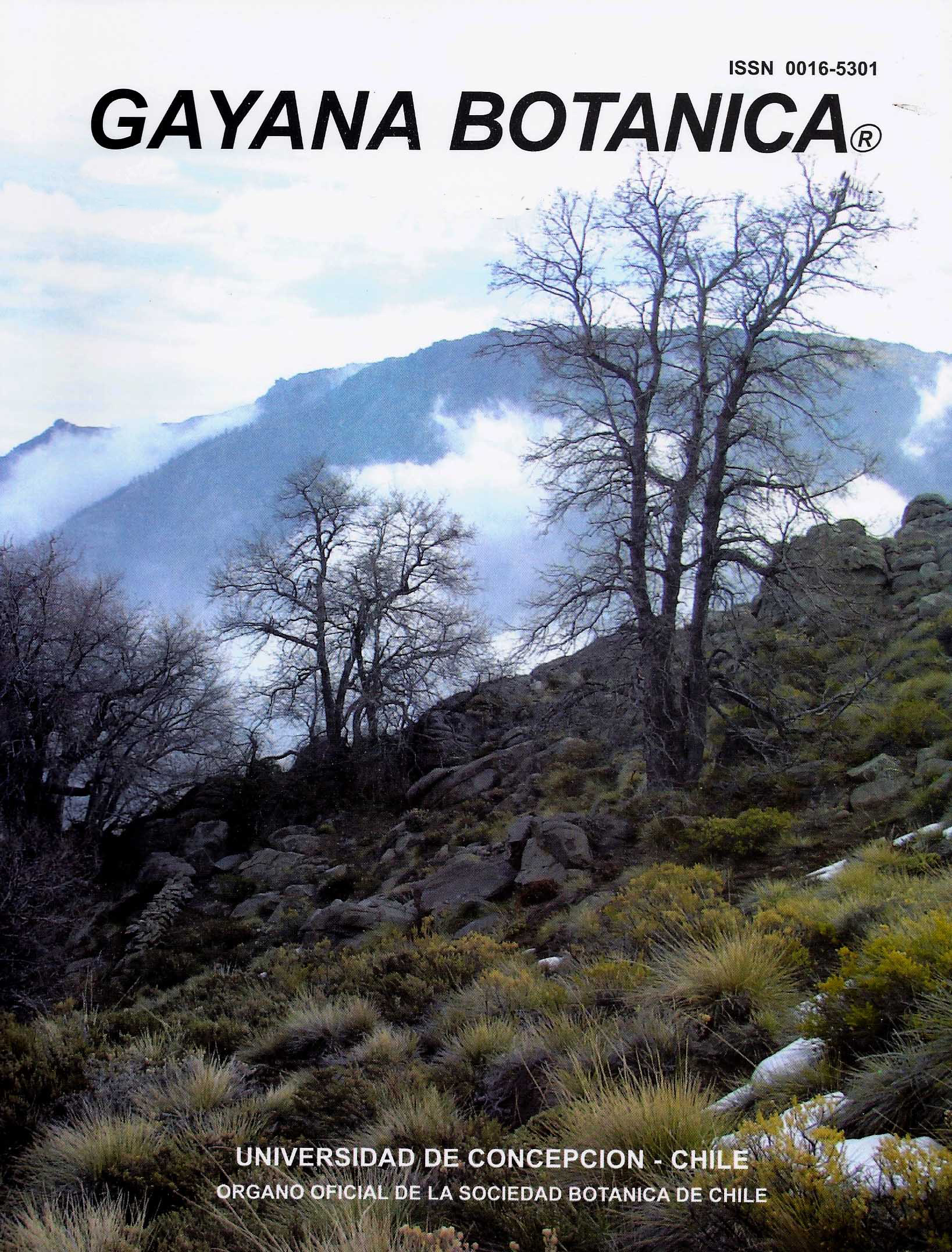Can hydraulic traits help to explain the current distributional limits in two Nothofagus species in the Chilean Andes?
Keywords:
embolism, evergreen vs deciduous, hidraulic traits, Nothofagus, species distributionAbstract
The Andes of central Chile is a geographical gradient with a marked variation in its climatic conditions. Along its slopes, are distributed the evergreen Nothofagus dombeyi and deciduous Nothofagus pumilio species that show differences in their leaf habits, range extensions, and in their limits of latitudinal distribution. Plant ecology proposes that unfavorable climatic conditions are limiting factors that determine the tree species distributions and that the functional hydraulic traits responses allow understanding the mechanisms underlying the current distribution of them. We hypothesize that both species will have lower mean values of K L and K S in populations near to distribution limits compared with middle populations due that unfavorable climatic conditions are predominant in the latitudinal range limits. We quantify in situ the leaf (K L ) and xylem (K S ) specific hydraulic conductivities in populations of N. dombeyi and N. pumilio near their northern and southern limits of distribution as well as in a middle population along Chilean Andes. Results showed that both species had lower mean values in populations near northern and southern limits compared to populations distributed in middle sites. Also, we found that the hydraulic performance population of N. pumilio distributed in the middle site had higher than N. dombeyi. We concluded that lower hydraulic conductivity associated with distribution limits for both study species implies a lower probability of being affected by embolism, independently of their leaf habits, showing a functional hydraulic convergence to low water availability or




